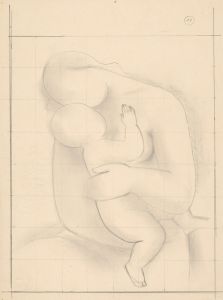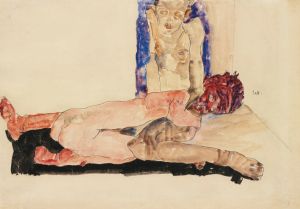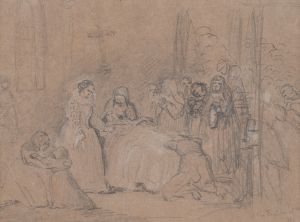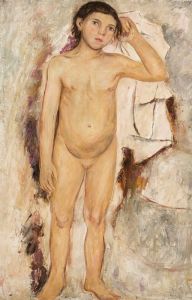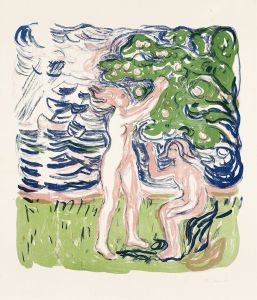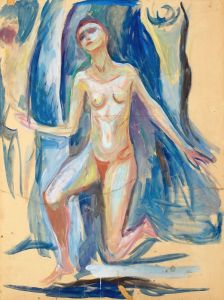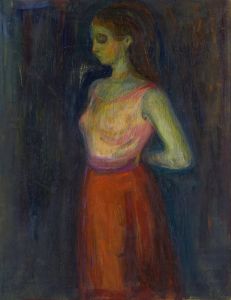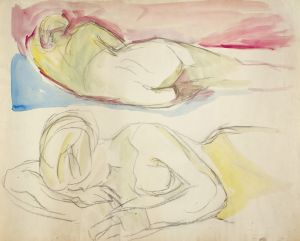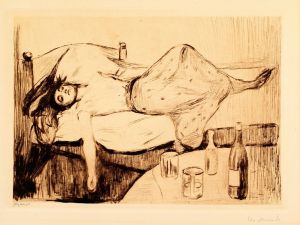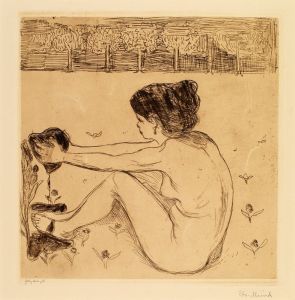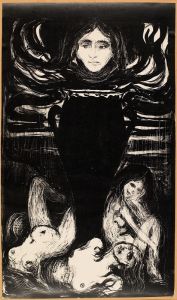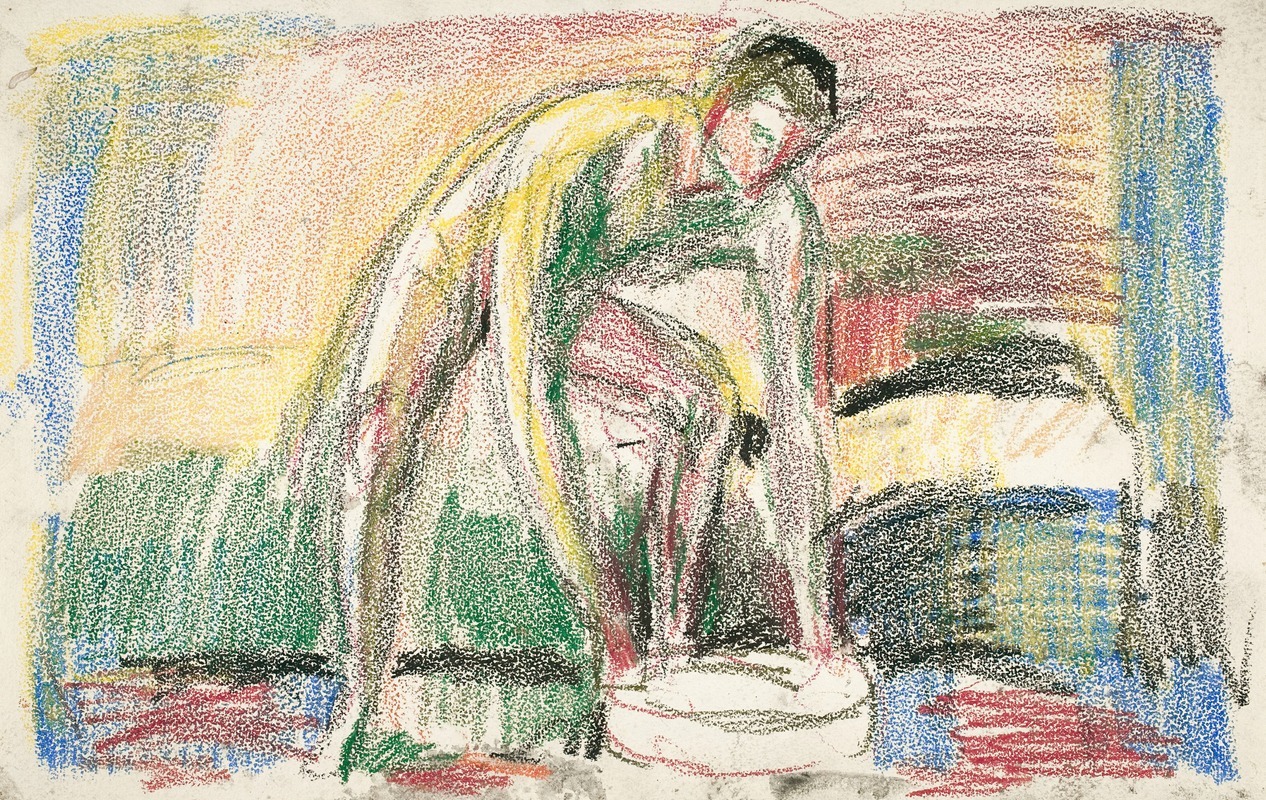
Naken mann vasker føttene
A hand-painted replica of Edvard Munch’s masterpiece Naken mann vasker føttene, meticulously crafted by professional artists to capture the true essence of the original. Each piece is created with museum-quality canvas and rare mineral pigments, carefully painted by experienced artists with delicate brushstrokes and rich, layered colors to perfectly recreate the texture of the original artwork. Unlike machine-printed reproductions, this hand-painted version brings the painting to life, infused with the artist’s emotions and skill in every stroke. Whether for personal collection or home decoration, it instantly elevates the artistic atmosphere of any space.
Naken mann vasker føttene (Naked Man Washing His Feet) is a painting by the renowned Norwegian artist Edvard Munch. Munch, born on December 12, 1863, in Loten, Norway, is best known for his iconic work "The Scream," but his extensive oeuvre includes numerous other significant pieces that explore complex themes of human emotion and existential angst.
"Naken mann vasker føttene" is one of Munch's lesser-known works, yet it exemplifies his distinctive style and thematic preoccupations. The painting depicts a nude man engaged in the mundane act of washing his feet. This subject matter, while seemingly simple, is imbued with Munch's characteristic exploration of the human condition, vulnerability, and introspection.
The painting is executed in Munch's typical expressive style, characterized by bold brushstrokes and a vivid color palette. The use of color and form in this work reflects Munch's interest in conveying psychological depth and emotional intensity. The man's nudity and the act of washing his feet can be interpreted as a moment of personal cleansing or purification, a theme that resonates with Munch's broader exploration of human experiences and emotions.
Munch's work often delves into themes of anxiety, illness, and death, influenced by his own life experiences, including the early loss of his mother and sister to tuberculosis and his own struggles with mental health. While "Naken mann vasker føttene" does not explicitly depict these darker themes, it nonetheless captures a moment of introspection and vulnerability that is consistent with Munch's broader artistic concerns.
The painting is part of Munch's extensive body of work that spans over six decades. Throughout his career, Munch was associated with the Symbolist movement and later with Expressionism, both of which emphasized the representation of emotional and psychological states over realistic depictions. His innovative use of color, line, and composition had a profound influence on the development of modern art.
Munch's works are housed in numerous museums and collections around the world, with a significant number of his pieces held by the Munch Museum in Oslo, Norway. The museum, dedicated to preserving and promoting Munch's legacy, provides valuable insights into his life and artistic achievements.
While "Naken mann vasker føttene" may not be as widely recognized as some of Munch's other works, it remains an important piece within his oeuvre, offering a glimpse into the artist's ongoing exploration of the human psyche and the complexities of the human experience. Through this painting, Munch continues to engage viewers with his profound ability to capture the essence of human vulnerability and introspection.






